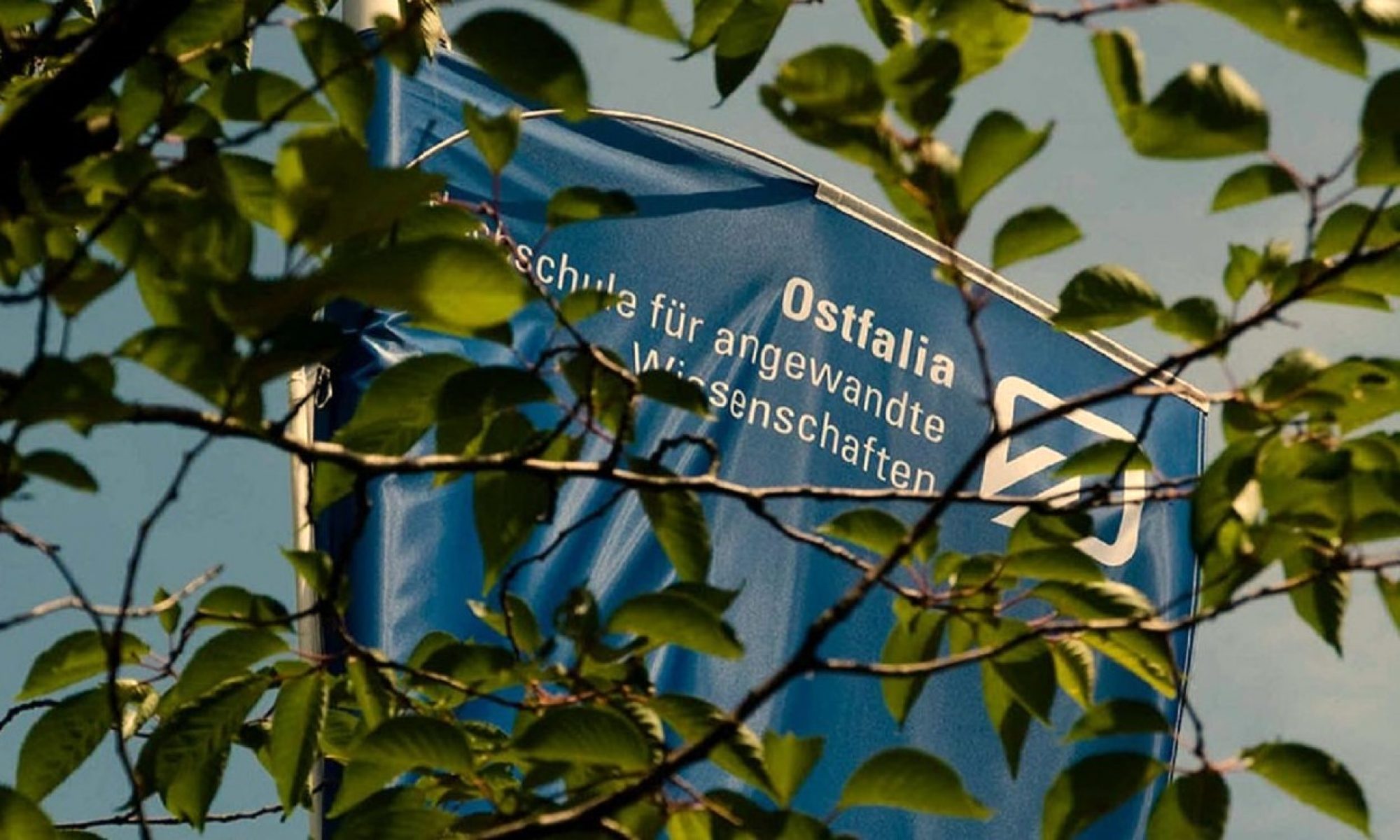Araceli Queiruga-Dios (a) & María Jesús Santos Sánchez (b) & María Anciones-Polo (c)
queirugadios@usal.es; smjesus@usal.es; mariaanciones@usal.es
(a) Department of Applied Mathematics, Higher Technical School of Industrial Engineering, Universidad de Salamanca
(b) Department of Applied Physics, Faculty of Sciences, Universidad de Salamanca
(c) Department of Statistics, Faculty of Medicine, Universidad de Salamanca
Abstract
Engineering mathematics is a fundamental pillar in engineering education, as it acts as a cornerstone for developing the analytical and problem-solving skills essential for future engineers. However, despite its undeniable importance, many students struggle with this subject. The abstract nature of mathematical concepts, difficulty integrating theory with practical applications, and an initial lack of interest in mathematics often hinder success in the subject. Many students enter engineering programs with a preference for subjects directly related to engineering practice, leading them to reject mathematics early in their studies. In addition, large classrooms can make active participation difficult, further complicating the learning process. Continuous assessment and the master class are key elements in higher education, each with advantages and limitations. While master classes allow the structured transmission of knowledge by the lecturer, continuous assessment encourages active learning and monitoring of student progress. This paper analyzes these two methodologies, highlighting how their combination can optimize academic results, promote student participation and overcome the individual limitations of each approach. Moreover, this paper shows the analysis of students results from the 2021-2022 academic year to the 2024-2025 academic year. Students usually prefer a continuous assessment, but usually they do not spend too much time on the continuous activities during the course. The combination of lectures and continuous assessment offers a promising approach to overcoming the challenges of teaching engineering mathematics. By addressing both the theoretical and practical dimensions of learning, this integrated methodology can help students develop the analytical and problem-solving skills they need to succeed in their engineering careers. In addition, by encouraging active participation and providing regular feedback, it can create a more dynamic and conducive learning environment, enabling students to overcome their initial apprehension toward mathematics and fully engage with the subject.
Keywords
Master classes, continuous assessment, undergraduate degree students
References
Batson, R. G. (2018, June). How to Make Engineering Statistics More Appealing to Millennial Students. In 2018 ASEE Annual Conference & Exposition.
Lee, J., & Paul, N. (2023). A Review of Pedagogical Approaches for Improved Engagement and Learning Outcomes in Mathematics. Journal of Student Research, Vol. 12 (No. 3).
Pandya, V., Monani, D., Aahuja, D., & Chotai, U. (2024). Traditional vs. modern education: A comparative analysis. International Journal of Research and Analytical Reviews (IJRAR), Vol. 11 (No. 2):172-183.
Voon, B., Niu, W., & Wong, L. S. (2024). Literature Review on the Teaching Engineering Mathematics: Issues and Solutions for Student Engagement. INTI JOURNAL, Vol. 36:1- 11.
